We’ve all heard the saying: Rome wasn’t built in a day.
And it’s true: All good, beautiful, worthwhile things don’t just magically happen overnight. Rather, they take considerable time, careful intention, and thoughtful planning before they ultimately blossom into fruition and bear fruit. While it can be tempting to look for the shortcuts or opt for the easy way out, truly great work – and great change for that matter – requires substantial time and investment. There’s no substitute to bypass the reality that you might have to pour your blood, sweat, and tears, into working hard for the things you most want[1].
This approach applies to everything, and, in what appears to be the case in all areas of my life these days, working with Fitz is reteaching me the value of patience and perseverance[2]. I have always been a hard worker, someone with a lot of grit who isn’t afraid to get messy, put her head down, and grind it out. I’d like to think that endurance is one of my superpowers, and even though I might not always enjoy it in the moment, I derive a real high and tangible sense of accomplishment when all my efforts pay off and I finally reach my goals. And yet, sometimes it’s so easy to persevere – to push through and keep chugging along at an aggressive clip – that it’s also easy to lose sight of the fact that sheer determination and force of will might not always be the best tactic for getting what we want. Rather, sometimes the best thing we can do is nothing at all.
Last week Fitz started puppy classes at the Twin Cities Obedience Training Club (TCOTC). TCOTC is a volunteer-run, non-profit organization that was founded in 1945 and continues to be one of the premiere dog training establishments in the state of Minnesota. Its mission is to provide opportunities for the community to come together and enjoy a variety of positive and humane training, educational, and social activities with their dogs, and it focuses on building positive partnerships between humans and their canines. TCOTC is licensed by the American Kennel Club and offers a wide range of classes from basic obedience to agility training to flyball coaching that are designed to stimulate your pup and reinforce the lasting bond between a dog and his owner.
Cam and I are newly recent members to TCOTC and plan to involve Fitz in a variety of different classes there as he continues to grow and mature. To start him off on a solid foundation, we enrolled him in “tweeners” class where a dozen puppies between the ages of thirteen and twenty weeks old get together every Thursday night to socialize and learn some new skills. Last week Fitz had the opportunity to meet his wiggly little peers, play and goof around a bit, and then work on basic skills like touch, leave it, and name recognition. We’ve been working with Fitz to build his vocabulary and skill library since day one, and the little man did pretty well showing off his chops in a completely new environment that was rife with distractions.
That said, Fitz is young and still has plenty of room for reinforcement and growth. We loved our experience with TCOTC last week and were so buoyed by the sense of community and positive affirmation that we decided to hone in on something that has been developing into a potential problem area for Fitz: Leash pulling.
To give some context, Fitz is limitlessly energetic and infinitely curious, and he absolutely adores being outside. Somehow this pup picked up the basics of leash walking during his very first couple hours with us as we drove him home from North Dakota and put on his leash for the first time at a highway rest stop. That said, as Fitz continues to get bigger and bigger and grow more and more curious (and obsessed with birds) he has started to pull on his harness in a way that does not make for enjoyable walks together. With this in mind, over the last weekend Cam and I started using what we have learned thus far from tweeners class (and the extensive resource folder TCOTC sent home with us) to devise a plan that would minimize Fitz’s leash pulling and maximize our enjoyment of time spent outside together.
We were shocked by how deceptively simple our next steps seemed to be: According to the TCOTC, the only criteria for puppies when it comes to loose leash walking is no forward movement when there’s tension on the leash. In other words, if Fitz pulled even the slightest then we would have to come to a halt and redirect his focus until he relaxed his tension on the leash. Sounds easy enough, right?
But the reality of the situation is that adopting this approach severely slowed down our forward progress and dramatically increased the amount of time we spent outside with Fitz on each of his many daily walks. Indeed, our normal thirty-minute lunch walk quickly exploded into an exhausting sixty-minute ordeal, and the constant stop and start motion initially discouraged both us and the dog. Cam and I love being outside and moving our bodies just as much as Fitz, and the lack of consistent momentum felt as if we were taking one step forward only to take two fifty steps back.
Walking this way was slow, it was laborious, and it was even borderline excruciating at times, but the more we stuck with it the more I began to notice subtle changes in Fitz’s overall walking demeanor. Even after a few short outings the little man began to pick up what we were asking him to do, albeit not perfectly, but he was definitely moving in the right direction. Even though it took longer, suddenly we recognized Fitz was checking in with us more often, maintaining greater focus, and holding looser tension on the leash. His walks still averaged more time than they had in previous weeks, but I noticed not only a tangible change in Fitz’s behavior but also in my overall attitude. Yes, walking this way took more time, attention, and focus on my end, but it also left me feeling calmer and less frazzled than I would otherwise feel at the end of a walk filled with pulling, tugging, and general puppy tomfoolery. In other words, I could already see a link between our short-term investment in Fitz’s walking skills and a long-term investment that will eventually yield tremendous dividends and greatly improve our overall quality of life.
While Fitz’s walking still isn’t perfect, it has been less than one week since we kicked off this work, and he continues to improve each and every day. Seeing his progress – and the impact it’s having on all of us – gives me hope and fuels my drive to continue to work with him. Like all good things in life, Rome wasn’t built in a day, and neither is a perfectly behaved puppy[3]. Rather, I’ve learned the best things take time, careful attention, thoughtful intention, unwavering commitment, and also approximately one billion Cheerios[4].
Whether it’s working with your own dog, trying something new, or practicing a skill you’ve wanted to improve for a long time, remind yourself of what you already know to be true: Short-term investments often produce long-term gains. So, choose to invest in yourself and keep working hard, especially when the going gets tough. For while you might not immediately see tangible progress, I promise something bigger, better, and more beautiful is just within your reach.
[1] Figuratively speaking, of course. Unless you are Cookie, the school chef in Matilda. Then your literal sweat and blood might actually be required in order for you to whip up the “entire confection.”
[2] Dogs and their infinite wisdom, I tell ya.
[3] If such a thing even exists.
[4] Yes, Fitz is obsessed with (human) Cheerios. And yes, I’m obsessed that he’s obsessed with them. It makes for some cheap, easy training!
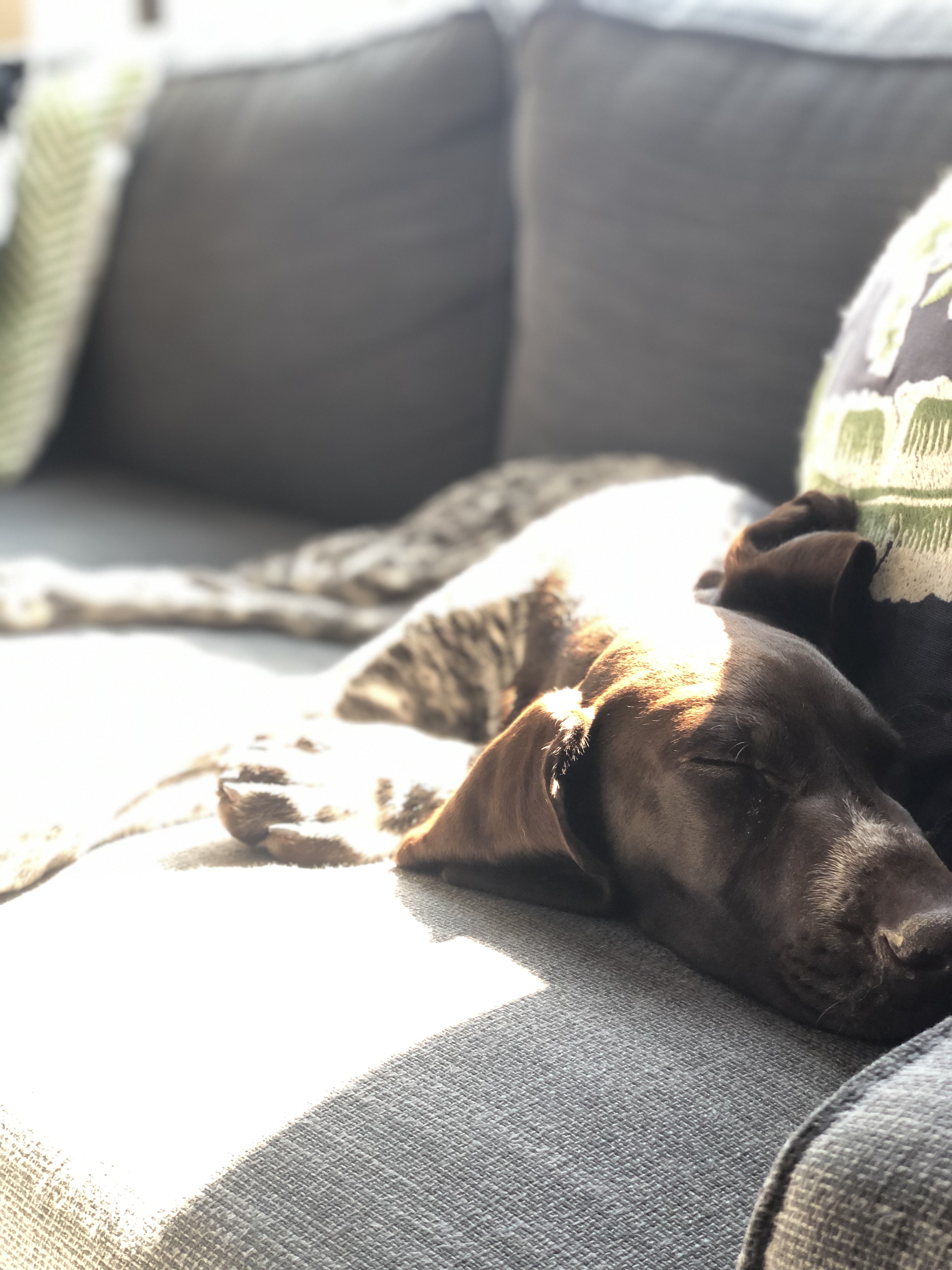
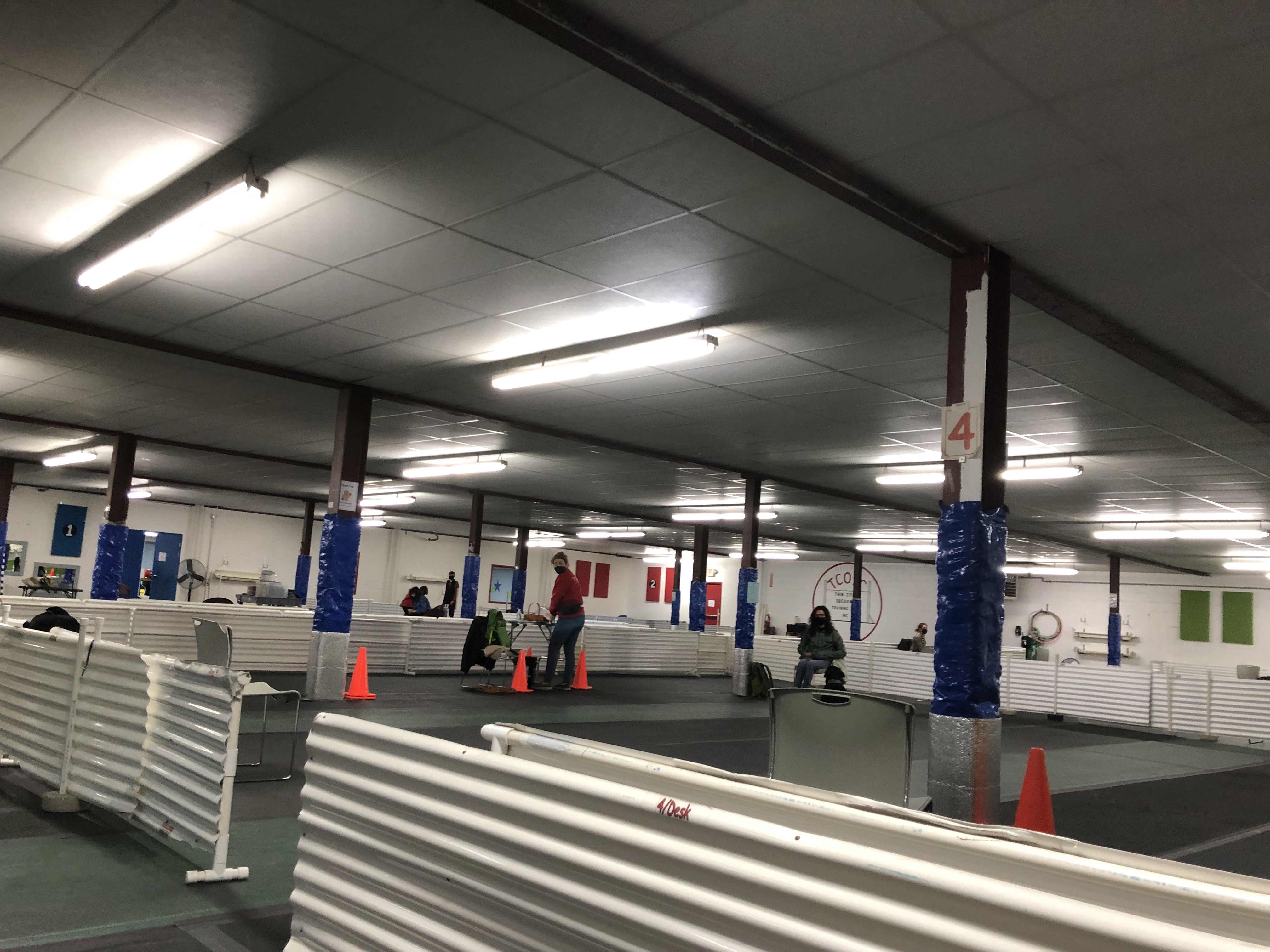
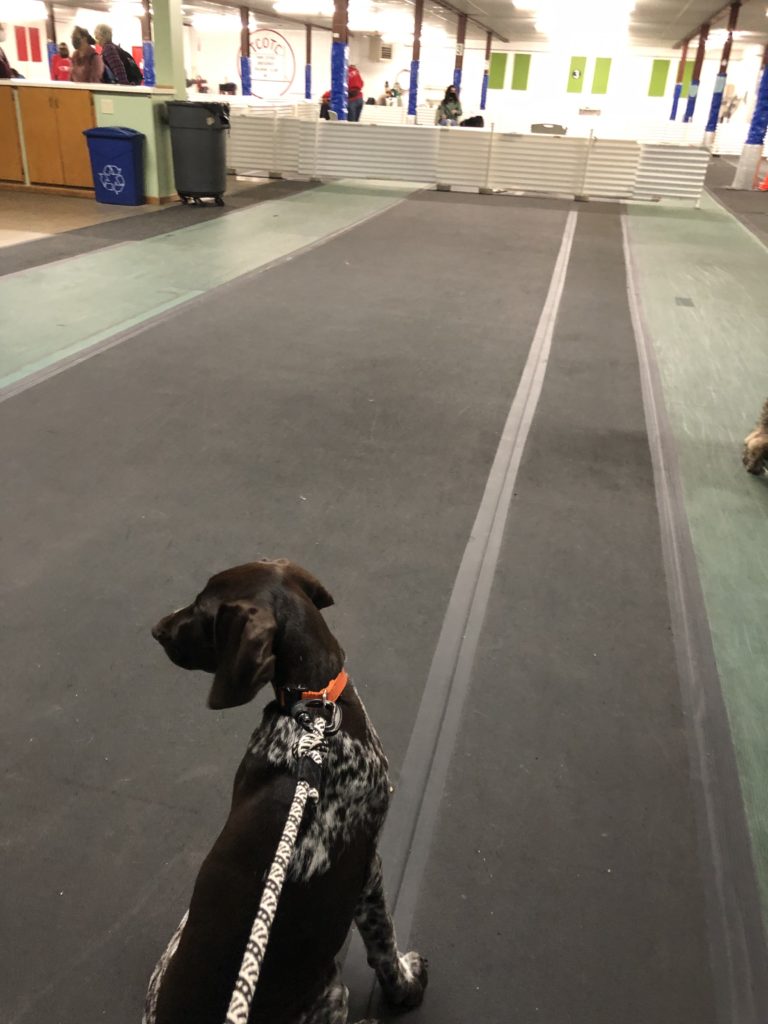
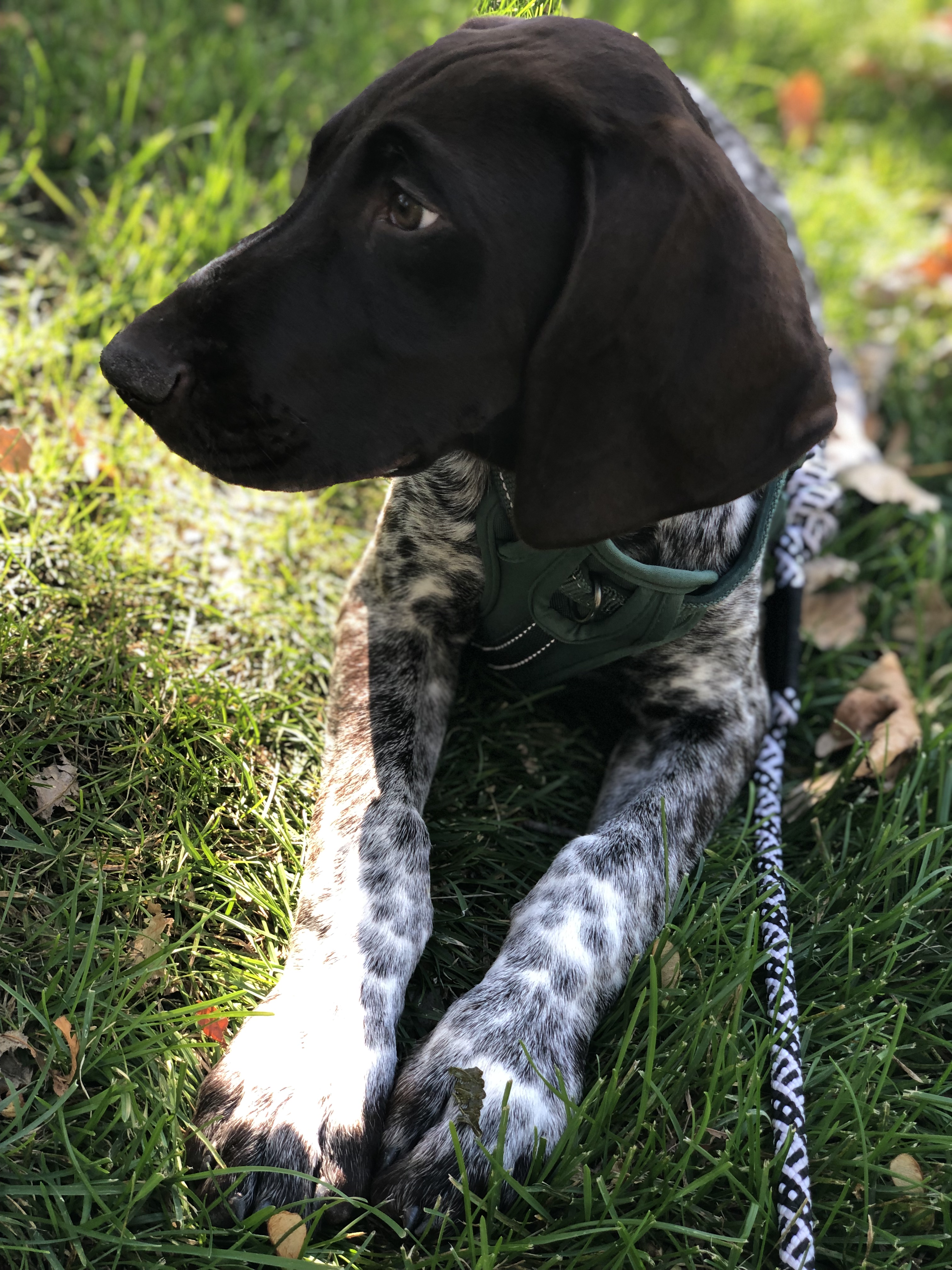
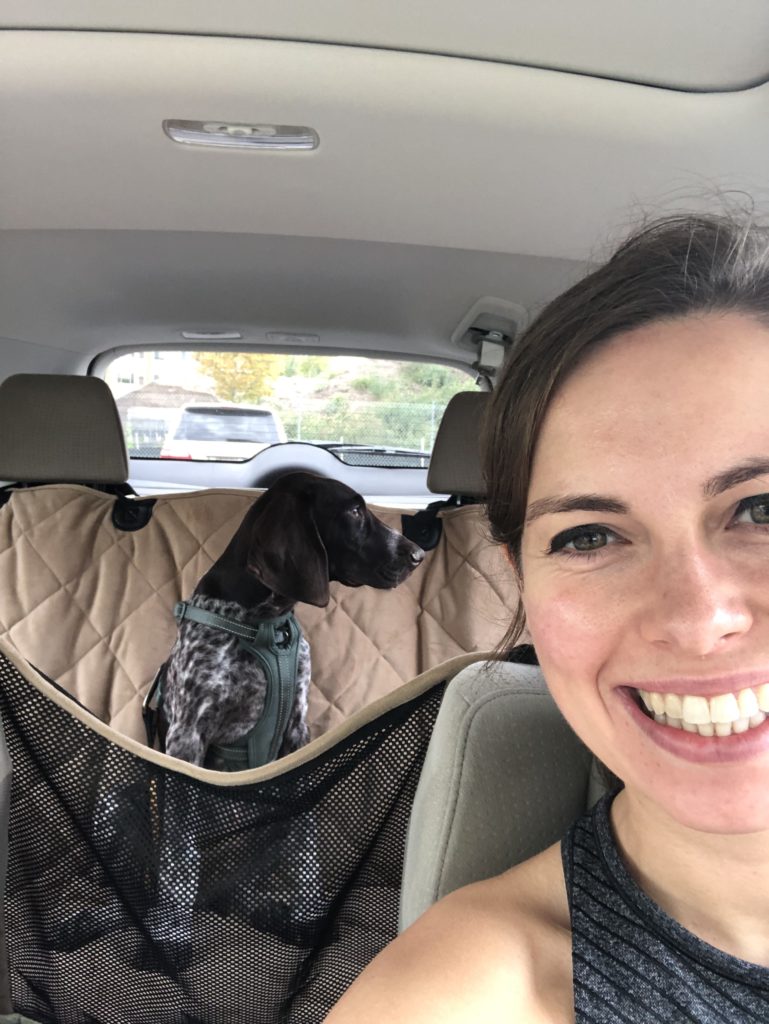



Comments are closed.